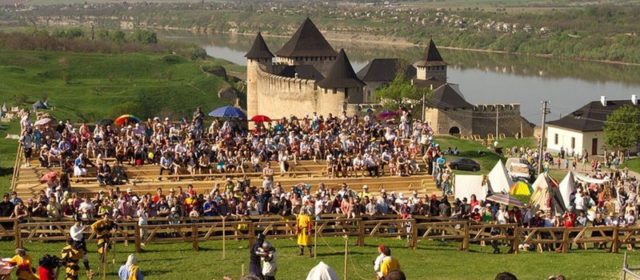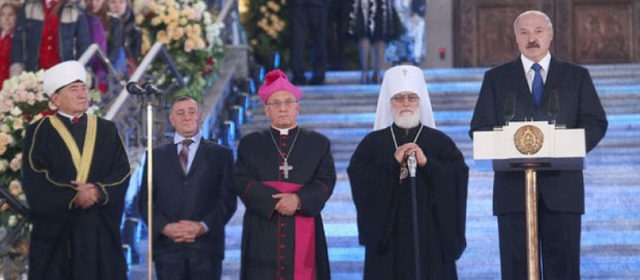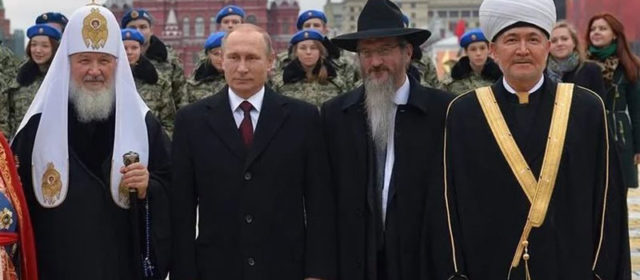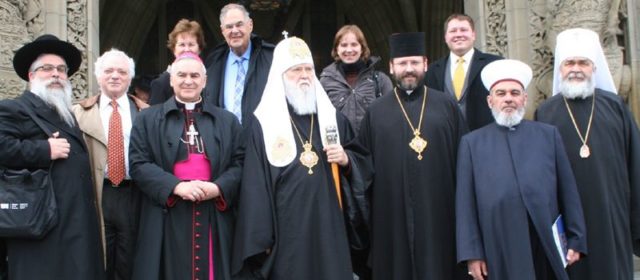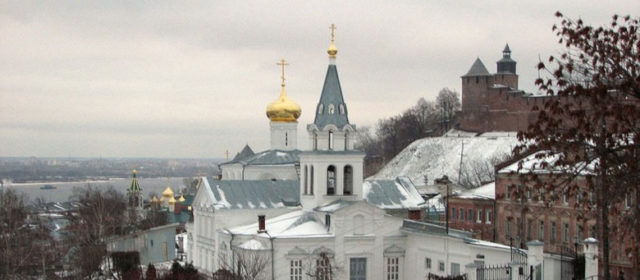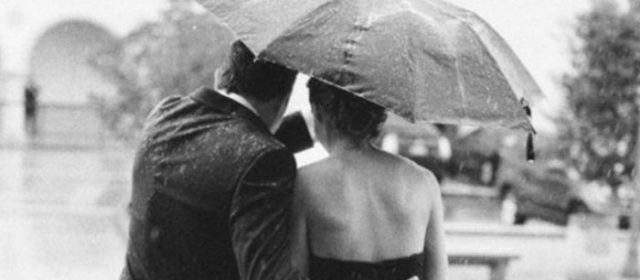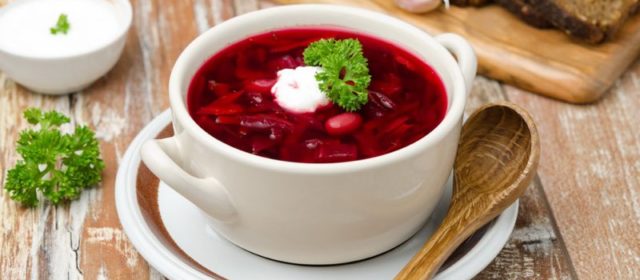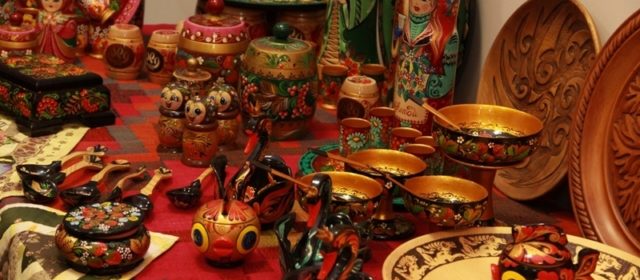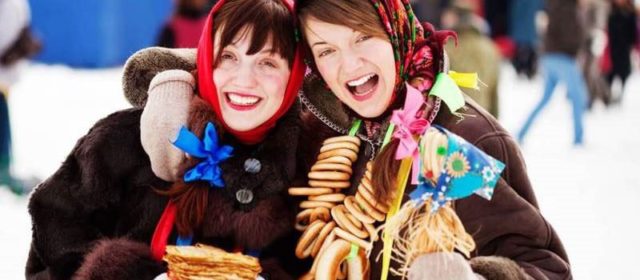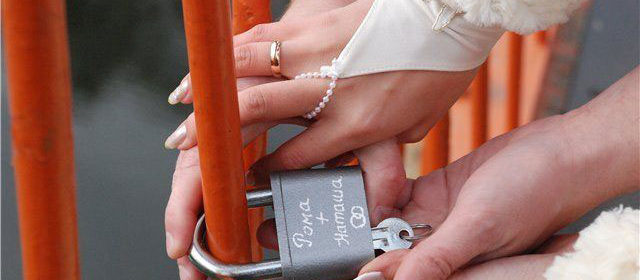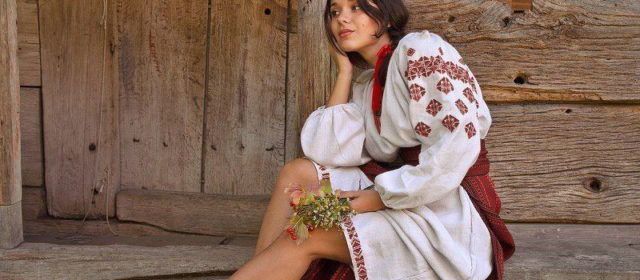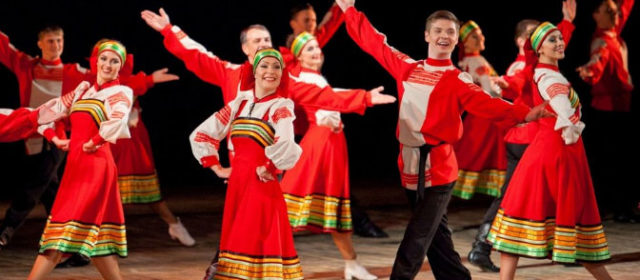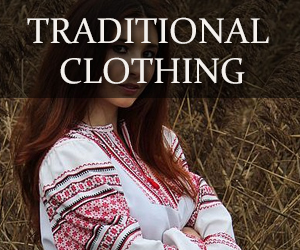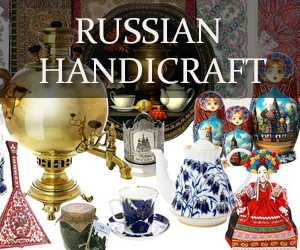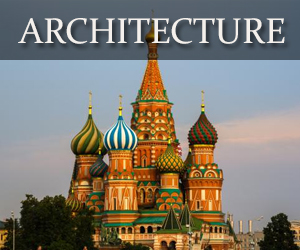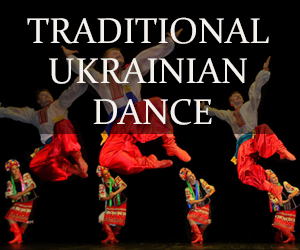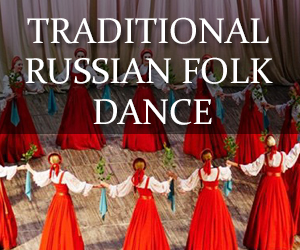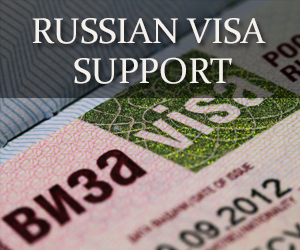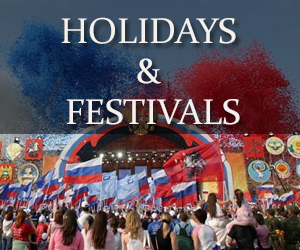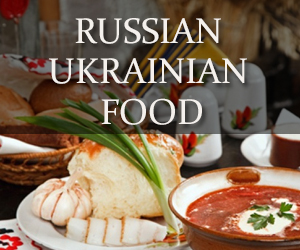Discover local culture by attending events and festivals throughout Eastern Europe, Central Asia and the Caucasus. Shop for traditional Ukrainian handicrafts at the “Sorochinsky Fair”, marvel in the performing arts at St. Petersburg’s “White Nights Festival”, enjoy Moldovan wines and liquors at Chisinau’s “Wine Day”, revel in food, wine, folk song and...
read moreReligion in Belarus is predominantly split between two Christian denominations, Eastern Orthodox and Roman Catholic. While the Belarusian Orthodox Church and Roman Catholic Church account for roughly 94 percent of those who profess a religious faith (80% and 14% respectively), there are remnants of the the Protestant Church, Islam and Judaism as well. According to...
read moreReligion has played a very important role in the evolution of Russian culture. Traditional religions, those deemed part of Russia’s “historical heritage”, include Orthodox Christianity (63% of the population), Islam (6% of the population), Buddhism (<1%), and Judaism (<1%). (VCIOM 2006) The largest of the religions, Orthodox Christianity, is...
read moreReligion in Ukraine has a somewhat different “mix” of faiths as compared to religion in Russia. Although the region was once home to rather large Muslim and Jewish communities, Islam and Judaism have diminished significantly from their historic heights. Ukraine, unlike Russia, is predominately Christian, with greater than 90% of religiously active...
read moreForeigners are often unfamiliar with Russian and Ukrainian architecture. Most everyone knows about the onion domed cathedrals and the dull and dreary construction from the Soviet era, but little else. The truth is, Russia and Ukraine have gone through many periods of architectural development, from wooden-vernacular architecture that predates Kiev Rus’, to...
read moreEvery culture has its unique etiquette and customs. For the most part (with slight variations from country to country – region to region), Russia, Ukraine and other post-Soviet nations all share similar “rules” of social behavior. First time visitors to Russia and Ukraine are often pleasantly surprised, sometimes confused, and in certain cases,...
read moreRussian Food is very much a product of the Russian climate and environment. With short bountiful growing seasons and long harsh winters, Russian diet traditionally consisted of milled grains, storable produce (like potatoes, beets, carrots and cabbage), plus fish, poultry, beef, pork and game. These traditional staples (meat, potatoes, bread, eggs and fish) still...
read moreSome forms of Russian handicraft are well known worldwide, while others are unfamiliar outside of Russia. Every one knows about the famous Matryoshka, or Russian Nesting Doll. Fewer people associate intricately woven lace, hand painted porcelain, wood work, or enamel jewelry with Russian Folk Art. Below we have descriptions and examples of some of...
read moreRussian holidays (and Ukrainian holidays) have come from a wide variety origins. The oldest festivals have their roots in both pagan tradition and Eastern Orthodox religion. More recent holidays had their start during the period of the Soviet Union. The newest holidays (with the least amount of tradition) were created following the breakup of the USSR and the...
read moreSuperstition is a very big part of Russian and Ukrainian culture. While many superstitions are largely ignored, many more are so common that they have become an inseparable part of everyday Russian etiquette. So while Russian friends may joke about them, it may be courteous to be aware of common superstitions and show respect for them just the same. After all, do...
read moreEthnic Russian and Ukrainian clothing is a derivative of both practicality and creativity. Many of the garments associated with Russia and Ukraine were simply founded as the best possible means to stay warm. The fur and sheep skin coat (shuba and dublyonka), warm fur and wool hats (ushanka,papakha and budenovka), as well as the wool felt footwear (valenki), are all...
read moreTraditional Russian folk dance is as broad and diverse as the nation itself. While most foreigners identify traditional Russian dance with the stomping and and knee bending characteristic of Eastern Slavic dance styles, many forget about traditions of dance that originated from Turkic, Uralic, Mongolic and Caucasian peoples who are also native to Russia. Below we...
read more
